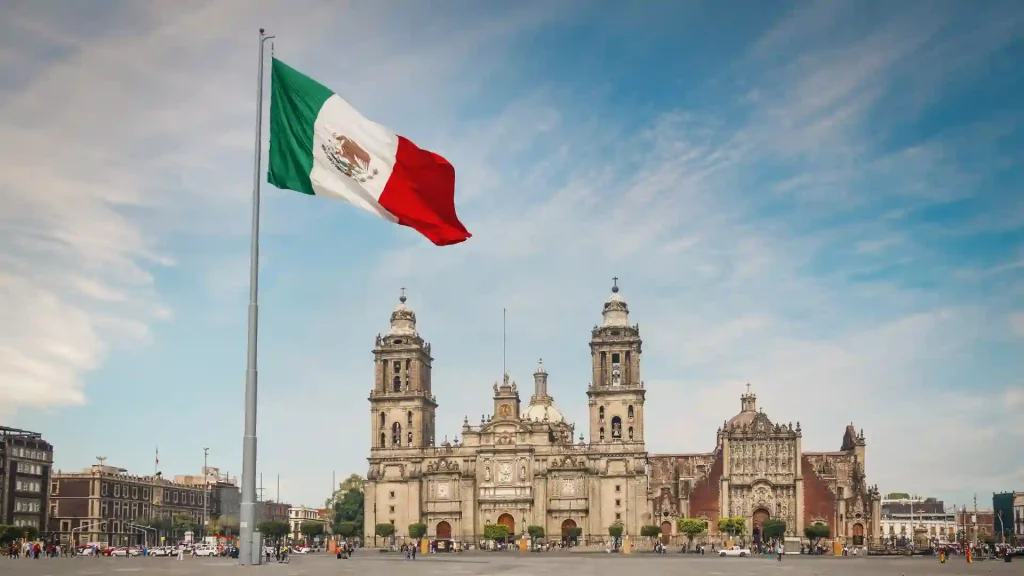Daylight Saving Time has always been a standing topic of protracted consternation.
The Senate of Mexico ratified a bill to end the 26-year-old, biannual practice of Daylight Saving Time (DST) across the country on Wednesday. The bill, which the Chamber had already approved of Deputies earlier in the month, passed the Senate with a 56-29 majority vote. Andrés Manuel López Obrador, the President of Mexico, is expected to sign the legislation expressing his approval to terminate this convention of the time change adopted in 1996 to stay synchronized with the States. However, this abolition is not affiliated with the northern areas close to the USA border, and DST will remain in effect until further notice.
DST has always been a standing topic of protracted consternation. Mexican officials have long pushed to cease DST to guarantee good health without disrupting the natural sleep schedule, increase safety for citizens, boost productivity and lower electricity consumption. The President’s approval will lead the majority of the country to turn back time for the last time on Sunday to move back to Standard Time forever. Many countries have recently or in the near past revolved around demolishing DST, including the European Union.
Daylight Saving Time: What’s with the Bi-annual Clock Fiddling?
It seems like a bizarre practice to the vast majority of the world who do not participate in this odd clock-setting change. For those new to the concept, DST is, as it feels like a global experiment being conducted across 75 countries, a practice of forwarding the clock time by 1 hour in the spring only to move it an hour backward during autumn.
The purpose of it is to align waking hours to daylight hours, so people receive a maximum amount of notional daylight all around the year. By moving the clocks forward an hour, compared to all other human activity, the sun will appear to rise and set later. When the clocks are moved forward, it is called DST, while it remains at Standard Time for the rest of the year. This original idea belonged to George Hudson, a former Parliament of the UK. It was adopted by the US during the first World War to amplify war productivity. The EU undertook it in 1980 to homogenize the European markets.
Rationale Advocating the Cessation of DST
There is piling evidence that the bi-annual time shifts take a toll on people’s health, ruining circadian rhythms and natural patterns of sleep. This plays a massive role in an immediate increase in the risk of heart attacks, strokes, atrial fibrillation, car accidents and, tragically, suicide rates as well. Research shows that in spring, the loss of an hour’s sleep increases the risk of heart attack by 24% and the risk of traffic accidents by 6%. The brain, the body and even society being an accumulation of brains and bodies, is fragile when it comes to sleep loss.
Mexico’s Health Secretary Jorge Alcocer said Mexico is returning to “God’s clock” as he speaks of the importance of sticking to a standard time frame all year long in order to reduce health risks.
Throughout history, it has been said and proven that every action has a corresponding and opposite reaction. Mexico is thus anticipating turbulence in the financial markets as they’ll fall back by an hour in comparison to the US. Bajío, a key industrial center for car, auto parts and heavy-duty truck manufacturing, could be affected by the end of DST. Shipping schedules may also be affected in the world of logistics, while shippers may have to alter schedules. Cross-border logistics may experience mild disruptions on account of desynchronization. A buffer time for adjustment would help smooth the transition as there is nothing society cannot mold into, let alone in this day and age.
